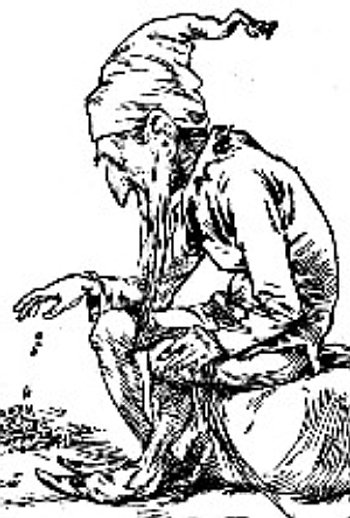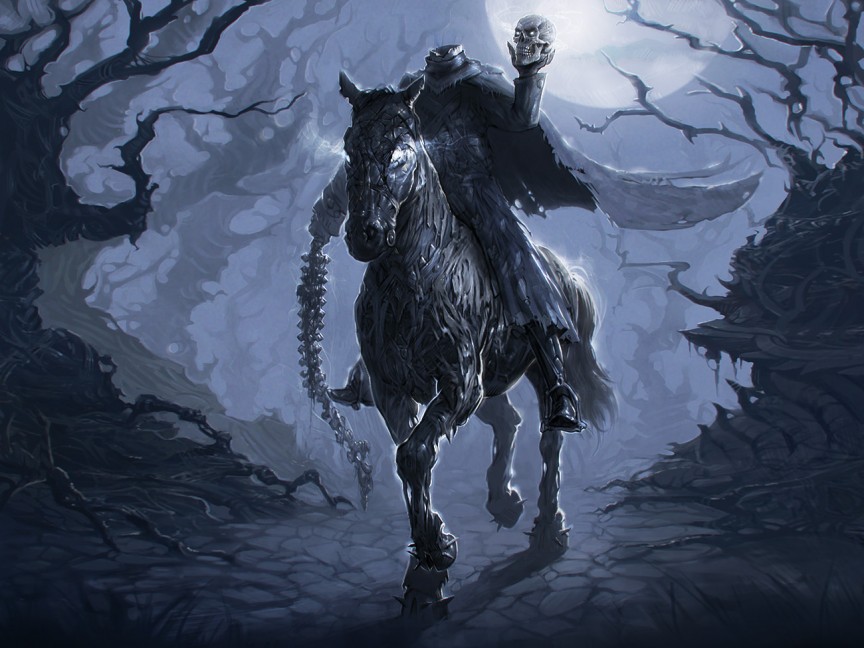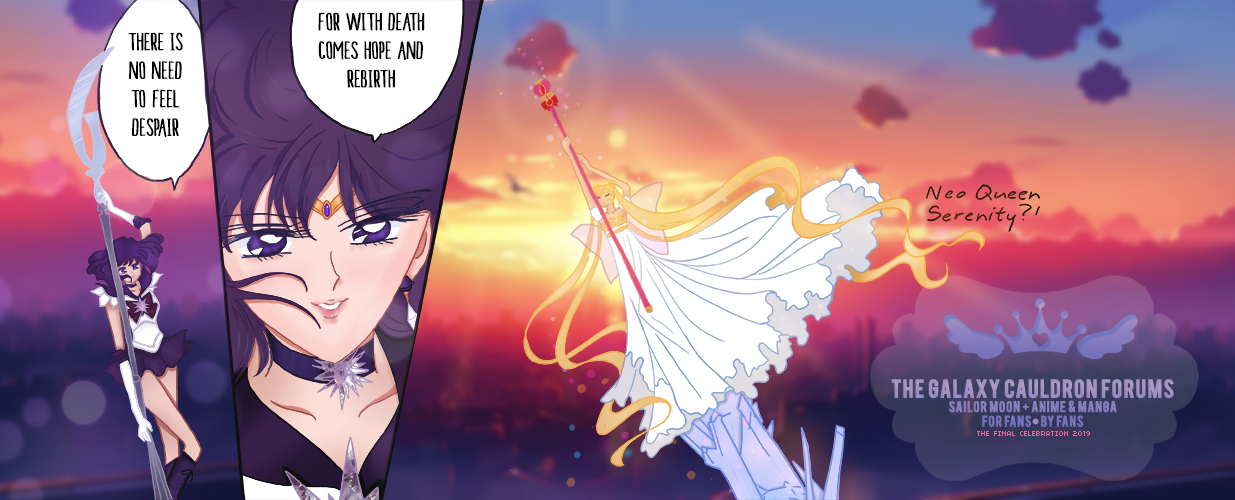Aye, ye made it!! Welcome to the thread on Irish mythology. This will be a little bit odd, since the Irish didn't exactly have a pantheon, the Celts did. However, the Irish did have a butt-load of mythical creatures and spirits and legends, so I'll give you some!
Introduction
There is an abundance of magic in the Emerald Isle, most of its people are still very superstitious. They take care not to offend the fairies. Traditionally, the Irish have a wide definition as what constitutes a "fairy". Pretty much any kind of supernatural spirit is referred to as a fairy. They are not the beautiful maidens with dainty wings the media portrays them as; they are often small, impish, and mean-spirited creatures that love to screw with humans. Diverse as they are, there is always a constant: great misfortune will befall you if you cross the fair folk.
Leprechauns

We absolutely have to talk about Ireland's most famous fairy! Classified as a solitary fairy, the leprechaun is a very iconic image, plastered on anything that's remotely Irish. Though the general public probably doesn't know much beyond the fairy and his pot of gold. Not wholly good and not wholly evil, the trick-loving leprechauns are shoe-makers by trade, either taking up residence in a family home or off in the heather. If a family had a leprechaun living in their home, it was both a great blessing and a great curse. If they offered the fairy food and hospitality, he would provide them with shoes and good fortune. If they offended him, however, the leprechaun would leave, cursing the family. And believe me, you do not want to mess with a fairy's curse. Leprechauns do have a pot of gold, surprisingly. Legends say that if a person manages to catch a leprechaun, you must hold him up by his ankles and refuse to let him go. He'll try all sorts of ways to get free, but you must hold on. If you can hold him long enough, he'll tell you the location of his gold. If you let him go, he'll disappear in the blink of an eye.

The Merrow

According to Gaelic legend, the Merrow frolicked in the frigid waters near the rugged Irish coastline. These sea fairies were women from the waist up, and fish from the waist down. Although there were also male Merrow, they were far less attractive and irresistible than their female counterparts. They were believed to be monstrous, ugly beings with bright green hair who abducted and enslaved sailors. The male Merrow were so beastly that the females understandably preferred the company of human men. The females always wore enchanted caps which allowed them to swim far beneath the sea’s surface and to live safely underwater. According to the Gaelic myths, human men would see the beautiful female Merrow on the shores, and they would become smitten with them, despite the risks. Some would try to steal their cohuleen driuth (magic caps), so that they could not go back underwater. Many marriages (some less than ideal, given the method of “wooing”) were thusly arranged between Merrow and man. The Merrow who lived with men on the land (by choice or by necessity), would often tire of their new circumstances. In time, these charming creatures would grow homesick for the sea, and the lucky ones, who still had their magic caps, would find a way to return. Other female Merrow would sometimes lure desirable men with their sweet voices and their magical wiles, and then take them under the waves to live amongst their own fairy kind. They would dwell together in a bewitched state, sometimes for years and years.

The Púca
The Púca (or pooka, phouka, phooka, phooca, puca or púka) is an Irish spirit that is pretty much morally ambiguous, as it is not technically considered good or bad. Taking the shape of a black horse, goat, or rabbit, the púca will either help or hurt humankind. If a human is enticed onto a púca's back, it has been known to give them a wild ride, fast and furious all night. However, according to some folklorists, the only man ever to ride the púca was Brian Boru, High King of Ireland, by using a special bridle incorporating three hairs of the púca's tail. There are stories of some phooka being blood-thirsty and vampire-like creatures. Other stories even say some are man eating beings, hunting down, killing, and eating their victims. In contrast, there are also stories of the púca being a friend to farmers, often helping them in times of need.
The Banshee
The banshee is a female spirit who heralds the death of a member of one of the prominent Gaelic families, usually by shrieking or keening. Legend has it that for great Gaelic families – the O'Gradys, the O'Neills, the Ó Longs, the McCnaimhíns, the O'Briens the Ó Conchobhairs, and the Caomhánachs – the lament would be sung by a fairy woman; having foresight, she would sing it when a family member died, even if the person had died far away and news of their death had not yet come, so that the wailing of the banshee was the first warning the household had of the death. In later versions, the banshee might appear before the death and warn the family by wailing.When several banshees appear at once, it indicates the death of someone great or holy. The tales sometimes recounted that the woman, though called a fairy, was a ghost, often of a specific murdered woman, or a mother who died in childbirth.
The Far Darrig
Known for the bad luck they purportedly dole out, the Far Darrig (or “Red Man”) is a kind of sentient humanoid Fae. Not usually particularly attractive or tall, they nonetheless interact with humans on a somewhat more regular (and surprisingly less harmful) manner than most other kinds of Fae. Far Darrig tend to pull quite terrible practical jokes, which tend to please only them, but can similarly give good luck to those who pass through such jokes unscathed and in good humour, or who offer them hospitality.
Far darrig have, on occasion, acted as the Fae who replace human children with Changelings, though this practice has largely ceased in the modern age, and it is more likely for a human to have a child by a far darrig, than to have one stolen and replaced with a Changeling. Far darrig are also more likely to be Lone or Solitary Fae than many others, for though they despise the presence of iron in the mundane world, they do much enjoy their practical jokes, to such a point that for many iron becomes irrelevant in comparison to their urge to prank.
Changelings

A changeling child was believed to be a fairy child that had been left in place of a human child stolen by the fairies. There are many, many stories of human babies being replaced with changelings, often with the human baby never being seen again, the parents forced to raise a grotesque and evil doppelgänger. In Ireland, looking at a baby with envy – "over looking the baby" – was dangerous, as it endangered the baby, who was then in the fairies' power. So too was admiring or envying a woman or man dangerous, unless the person added a blessing; the able-bodied and beautiful were in particular danger. Women were especially in danger in liminal states: being a new bride, or a new mother. Putting a changeling in a fire would cause it to jump up the chimney and return the human child, but at least one tale recounts a mother with a changeling finding that a fairy woman came to her home with the human child, saying the other fairies had done the exchange, and she wanted her own baby. The tale of surprising a changeling into speech – by brewing eggshells – is also told in Ireland, as in Wales. Changelings, in some instances, were regarded not as substituted fairy children but instead old fairies brought to the human world to die.

The Dullahan

The dullahan, (DOOL-a-HAN), is a headless rider, usually on a black horse who carries his or her own head under one arm. Usually the dullahan is male, but there are some female versions. The head and the mouth is usually in a hideous grin that touches both sides of the head. Its eyes are constantly moving about, and can see across the countryside even in the darkest nights. The flesh of the head is said to have the color and consistency of moldy cheese. The dullahan uses the spine of a human corpse for a whip, and its wagon is adorned with funeral objects (e.g., candles in skulls to light the way, the spokes of the wheels are made from thigh bones, the wagon's covering made from a worm-chewed pall or dried human skin). When the dullahan stops riding, that is where a person is due to die. The dullahan calls out the person's name, at which point the person immediately perishes. There is no way to bar the road against a dullahan—all locks and gates open to them when they approach. They do not appreciate being watched while on their errands, throwing a basin of blood on those who dare to do so (often a mark that they are among the next to die), or even lashing out the watchers' eyes with their whips. They are frightened of gold, and even a single gold pin can drive a dullahan away.
Whew, quite a bit o' magic, t'wasn't there? I sincerely hope you've enjoyed learning about Irish mythology (as it's one of my favorite things) and Ireland in general! Don't forget to take the quiz and earn a prize!


